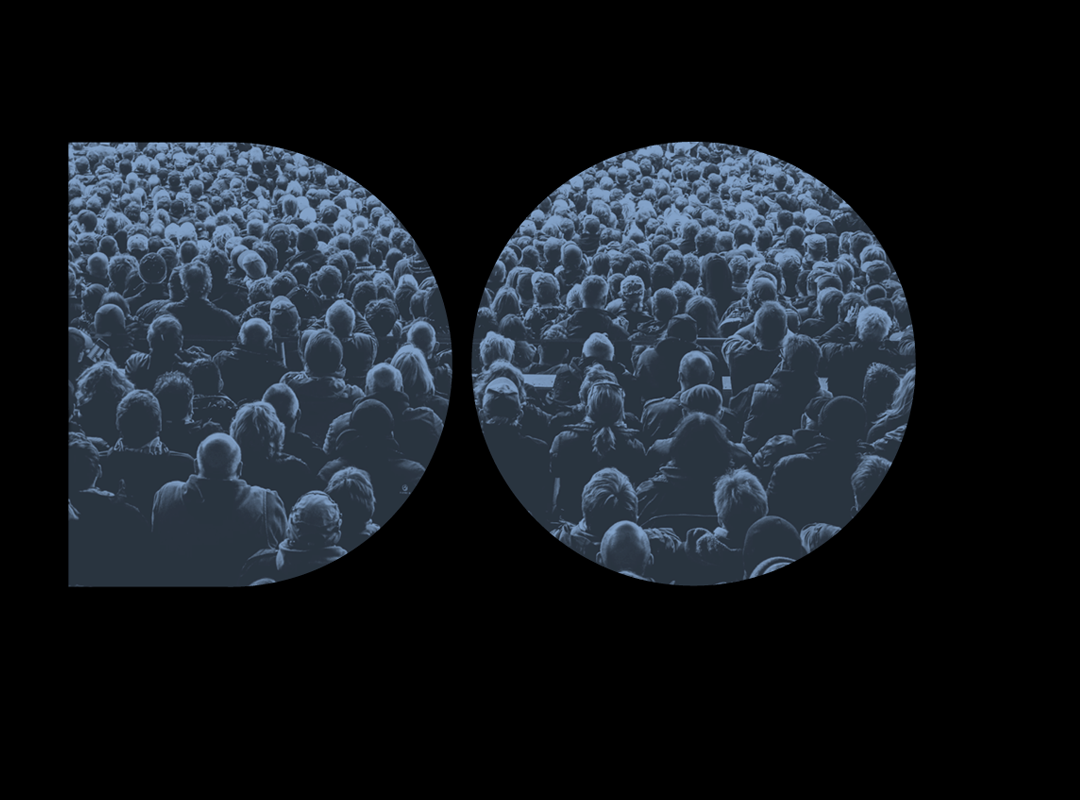
August 20, 2009
Rearranging, Part 2

Modernism and organization go together in more than just the corporate world (see Rearranging the Deck Chairs below, on Mad Men). As postwar architects and designers worked to elevate ordinary, well-designed products to the status of museum-quality objects, their best friend was the category. A whole wall of industrial components looks much better than a single example. A table full of simple, solid-color china is sculpture, not dinner. The Good Design shows at the Museum of Modern Art, currently remembered in an exhibit on the museum’s third floor, were exemplars of this approach, and the museum asked the best industrial designers in America to design the shows as well as show their designs.
On a recent trip to MoMA, it was two other exhibits that made me think harder about the power of categories, and to wonder where the museum is going now that capital-M Modern is old hat. The first was the wonderful Waste Not (2005) by Chinese conceptual artist Song Dong, an installation of the wooden frame and contents of his mother’s modest house, a 50-year accumulation of stuff by a woman accustomed to rationing. A pile of this stuff (much of it what we might consider recyclables, if not trash) would be horrifying, but the artist and his mother have sorted it by material, color, function, so that each section tells a story about color or design or accumulation over time. There are glossy paper shopping bags that take up half the floor of the small house, and an icy display of styrofoam packing pieces. There are bowls of all materials and colors, and an islet of shoes. It is art because it is organized, though few objects would individually make it into the design collection.
Meanwhile, up on the 6th floor, the work of British industrial designer Ron Arad has been given a completely disorganized showcase called No Discipline. One of the high-ceilinged special exhibition galleries is now a sort of mirrored discotheque for chairs. I wrote a story about Arad for the New York Times years ago, and found him articulate and thoughful, but I hated his work then and even more so now. His approach to material experimentation is well within the modern tradition, appropriating car seats, carving Corian in new ways, making the club chair tough enough, but he doesn’t care about beauty or simplicity. Part of the MoMA’s original concept of modernism was selection, paring away the awkward and the ungainly, seeing the purest iteration in whatever art form. Arad’s discipline seems to be the opposite of that, but he’s the one selling chairs at sculpture-level prices, while Song Dong’s art is all in the arrangement.
Observed
View all
Observed
By Alexandra Lange
Related Posts

Civic Life
Bert de Muynck|Essays
Walkie talkie: An architect-turned-tour guide on designing presence in Lisbon

Business
Courtney L. McCluney, PhD|Essays
Rest as reparations: reimagining how we invest in Black women entrepreneurs

Design Impact
Seher Anand|Essays
Food branding without borders: chai, culture, and the politics of packaging

Graphic Design
Sarah Gephart|Essays
A new alphabet for a shared lived experience
Related Posts

Civic Life
Bert de Muynck|Essays
Walkie talkie: An architect-turned-tour guide on designing presence in Lisbon

Business
Courtney L. McCluney, PhD|Essays
Rest as reparations: reimagining how we invest in Black women entrepreneurs

Design Impact
Seher Anand|Essays
Food branding without borders: chai, culture, and the politics of packaging

Graphic Design
Sarah Gephart|Essays

 Alexandra Lange is an architecture critic and author, and the 2025 Pulitzer Prize winner for Criticism, awarded for her work as a contributing writer for Bloomberg CityLab. She is currently the architecture critic for Curbed and has written extensively for Design Observer, Architect, New York Magazine, and The New York Times. Lange holds a PhD in 20th-century architecture history from New York University. Her writing often explores the intersection of architecture, urban planning, and design, with a focus on how the built environment shapes everyday life. She is also a recipient of the Steven Heller Prize for Cultural Commentary from AIGA, an honor she shares with Design Observer’s Editor-in-Chief,
Alexandra Lange is an architecture critic and author, and the 2025 Pulitzer Prize winner for Criticism, awarded for her work as a contributing writer for Bloomberg CityLab. She is currently the architecture critic for Curbed and has written extensively for Design Observer, Architect, New York Magazine, and The New York Times. Lange holds a PhD in 20th-century architecture history from New York University. Her writing often explores the intersection of architecture, urban planning, and design, with a focus on how the built environment shapes everyday life. She is also a recipient of the Steven Heller Prize for Cultural Commentary from AIGA, an honor she shares with Design Observer’s Editor-in-Chief,